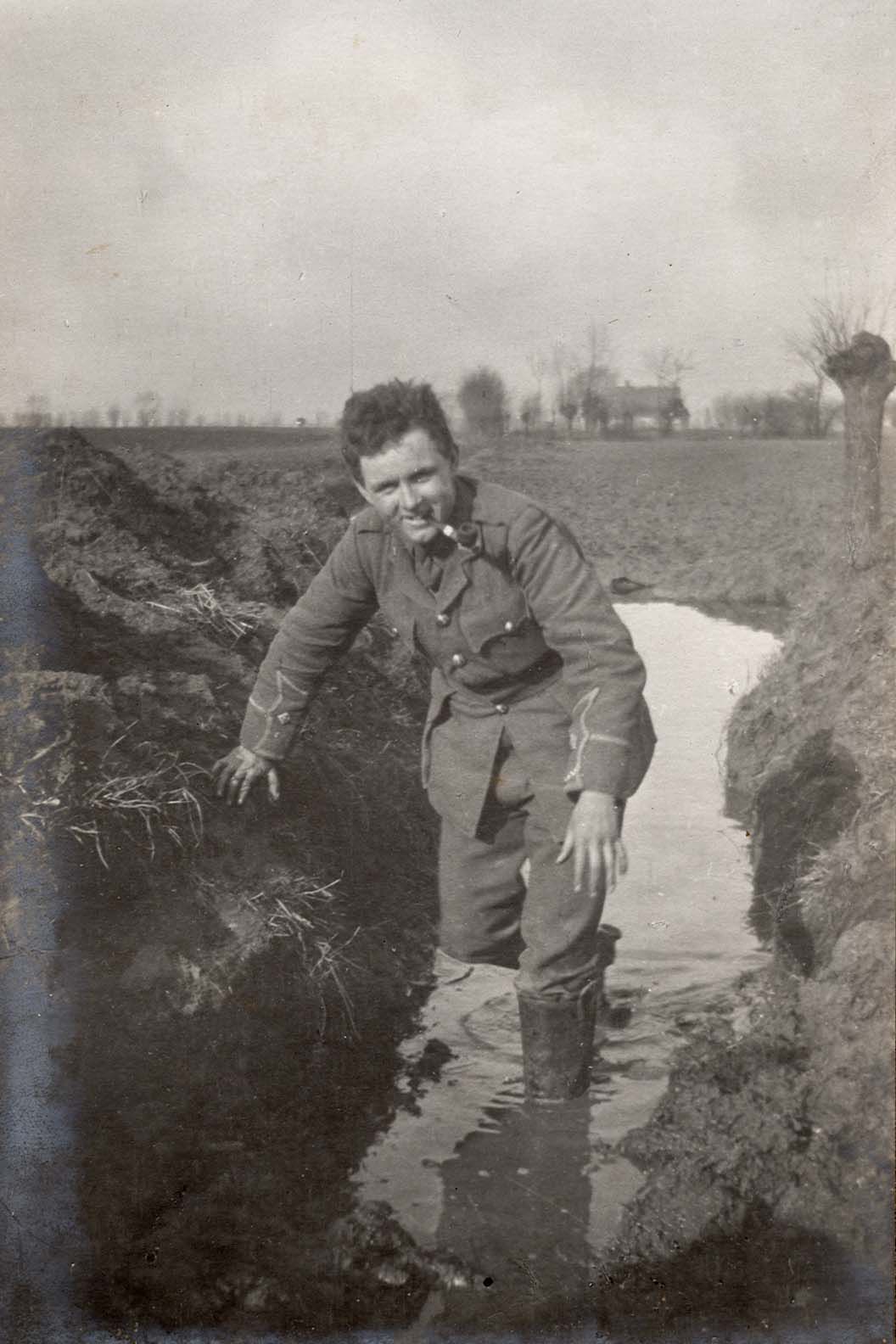
Gerald Francis Hadow was born in Scarborough in 1895, the son of Colonel A de S Hadow of the XIX Regiment of Foot (the Green Howards).
He was commisioned as a Second Lieutenant on 15th August 1914 and promoted to Lieutenant in March 1915. His first actions were at the battles of neuve Chapelle and Festubert. His death at Givenchy on 15th June 1915 was recorded at the time:
“He had reached the German barbed wire and finding he was practically alone, returned to his own trenches, which he reached untouched. Here he found his captain killed and all the other officers dead or wounded. His company went into action 180 strong and had 142 casualties. he returned to report to the C.O. and on the way, was struck on the head by a piece of shell. A captain under whom he served wrote; ‘I feel I have lost a young friend whom I had got to know and tested in perhaps the most severe time – war time – and he never failed. He was such a gallant little fellow and quite ready to die for the good cause.'”
Explore more memories from the ribbon
-
John Mattison
Alyson Swift contacted us through our website to tell us about her great grandfather, John Mattison. John was from Richmond and was called up on 10th May 1917, joining the Royal Flying Corps. While he may look very smart in what is known as his ‘Maternity’ pattern tunic and side cap, Alyson wanted to draw a different aspect of his role in the First World War to our attention: “He was an entertainer in the the camp concert party. He and his party won a talent contest at the Croydon Empire Theatre. He sang ‘the Laddies who fought and won’ and ‘keep right on to the End of the Road’ for which they won 20 pound!!”
-
Edwin Scriminger
Submitted by Paul Elliott. My maternal grandfather, Edwin Scriminger, was born in 1892 and worked as a bricklayer living in the Leeds suburb of Meanwood. He joined the West Yorkshire Regiment in early 1915 and went to France. He became a Lewis gunner and, unfortunately, in 1916, a casualty, when he was hit in the lung by a bullet. Invalided from the front line to a casualty clearing station, he was sent to hospitals in Colchester and Stourbridge. On his eventual recovery he was sent to the Northumberland Fusiliers where he became a mess servant. In 1918 he was transferred to the Durham Light Infantry and sent to Archangel on the North Russia expedition. Like the majority of those sent to Russia he was not considered physically fit enough to be sent back to France. The DLI were used principally for guard duties, although some of his notes describe the subduing of a mutiny by Croat troops. After demobilisation in 1919 he returned to the building industry, eventually becoming a manager in a house building company. He died of cancer in 1972, aged 81. His service numbers were: 24904 West Yorkshire Regiment. 41631 Northumberland Fusiliers. 24th Batt. 78110 Durham Light Infantry. 2/7th Batt.
-
Matthew Bell
Matthew Bell was born in West Scrafton, Coverdale on 21 October 1895. He served with the Yorkshire Regiment, initially joining before the war with the 4th Territorial Battalion, probably around 1912 according to his regimental number (3899). He later served with the Duke of Wellington’s Regiment (235593) before returning to the Yorkshire Regiment later in the war. He went to France on the last day of September 1915 and survived the war, being awarded the 1915 Star, the British War Medal and the Victory Medal for his service. Matthew died aged only 40. Two of his children are still alive and living in Leyburn but they don’t remember him. His youngest child was born posthumously which must have been very hard for his widow.
